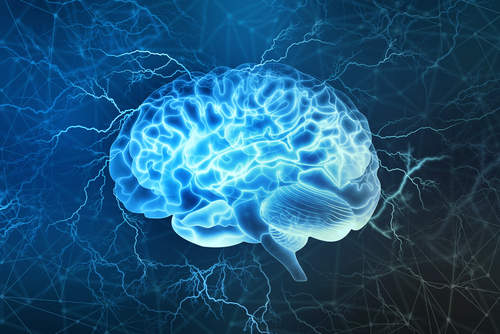Gaucher Could Contribute to Brain Aneurysms That Can Cause Stroke, Case Study Suggests

A woman with type 1 Gaucher disease had several potentially light-threatening blood vessel bulges called aneurysms in her brain, according to a case study.
It prompted researchers to wonder about a possible connection between the two conditions. They were unable to draw conclusions about a potential link, however.
An aneurysm is a weak spot on a blood vessel wall that causes the wall to bulge outwards. Clots that interrupt blood flow can develop in these areas, which can burst and cause serious bleeding or compress adjacent tissue.
As the size of an aneurysm increases, the chance of it bursting rises. If this happens in the brain, it can cause a hemorrhagic stroke.
Researchers at Loyola University Chicago Stritch School of Medicine and Emory University School of Medicine reported on the case study in the British Journal of Neurosurgery. The article was titled “Multiple intracranial aneurysms in a patient with type I Gaucher disease: a case report and literature review.”
The patient was a 69-year old former smoker with high blood pressure. When she was diagnosed with Gaucher type 1 a year before the case study, she showed few symptoms of the disease. So doctors did not put her on enzyme replacement therapy.
They began suspecting she had an aneurysm after she complained of double vision, however. MRIs showed she had a number of them. She also told doctors that one of her relatives died of aneurysm-related stroke.
Her neurological and eye exams were normal, except for a slight problem turning her eye outward, a sign of some nerve dysfunction.
A deep brain analysis with cerebral angiography showed that altogether she had 15 brain aneurysms. None had ruptured.
Doctors treated the largest with a type of surgery called flow diversion with pipeline embolization device. This involves placing a device inside a bulging blood vessel to divert blood flow away from the aneurysm.
A follow-up examination 10 months later showed that surgery had helped reduce the danger of the largest aneurysms and that the untreated ones remained stable.
There are few studies on aneurysms in Gaucher patients, which made it difficult for the researchers to come to any conclusions about such patients’ susceptibility to developing the condition.
This was the first report of a Gaucher patient having multiple brain aneurysms. Several reported cases involved patients with spleen-artery aneurysms, while one involved an aneurysm in a patient’s aorta, or main artery. Researchers attributed the spleen aneurysms to the spleen enlargement associated with Gaucher disease.
The researchers hypothesized that some of the inflammatory molecules that Gaucher disease releases, such as chemokines and cytokines, could trigger the release of enzymes that degrade cells lining blood vessel walls. This damage could lead to the formation of aneurysms, the team said.
But they also noted that the woman carried risk factors for aneurysm formation —high blood pressure, smoking, and a family history of an aneurysm-related stroke. The combination of these risk factors could explain her multiple brain aneurysms independently of her Gaucher disease, the researchers said.
While a link between Gaucher disease and brain aneurysms cannot be determined from one case study, Gaucher “involves neuroinflammatory processes affecting” the central nervous system that could contribute to aneurysm formation and growth, the researchers said. “Screening of additional patients with this rare disease” for aneurysms “will likely be required before more definitive conclusions and management strategies are reached,” they wrote.



